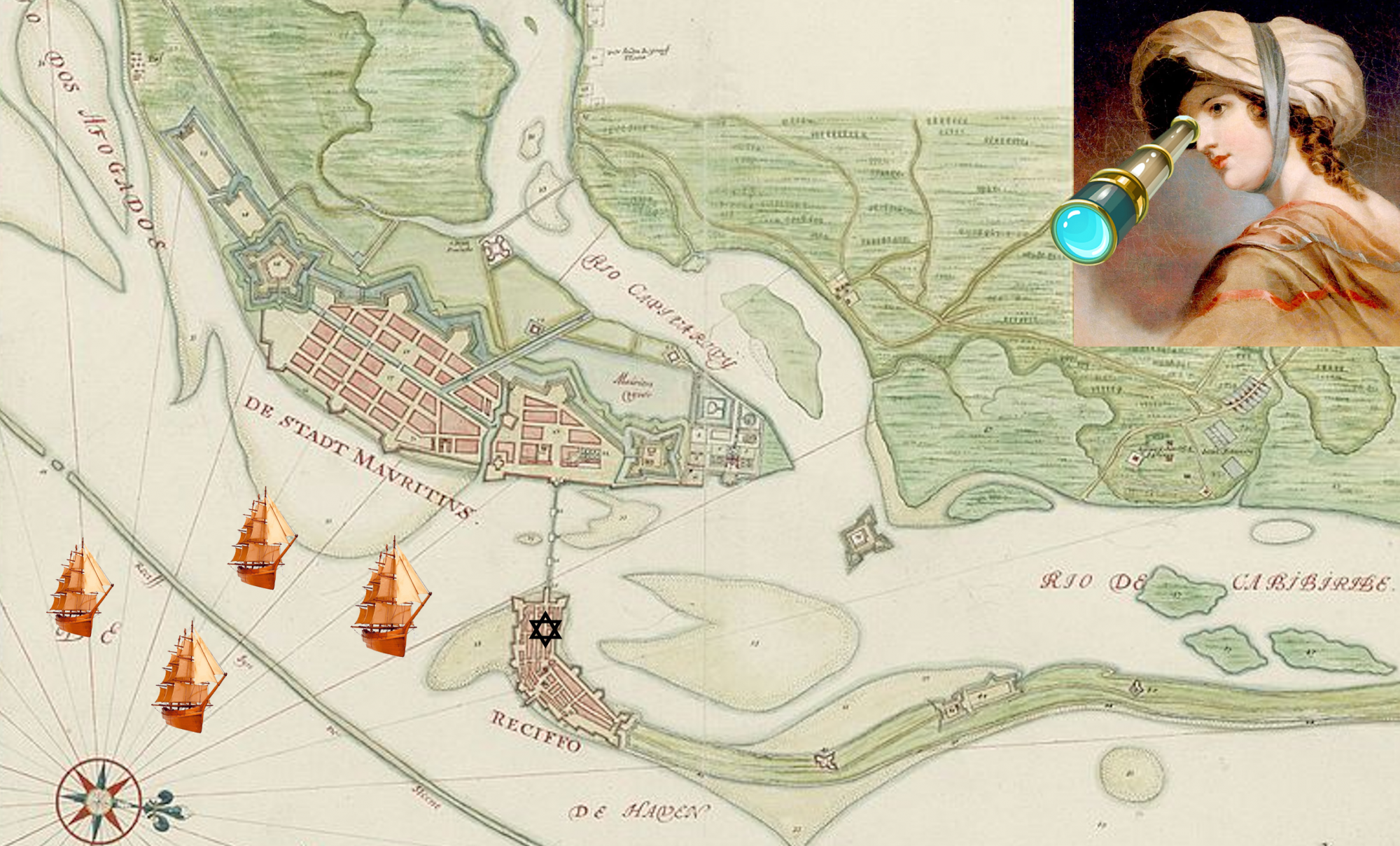
Although some Jews in the American colonies had ancestors from Iberia, Germany, England, and The Netherlands, others had ancestors from West Africa. Many of these ancestors had came to the Americas not because they wanted to, but because they were abducted from their homes and brought to the Americas by Europeans on slave ships.
Life aboard these ships was horrific. It wasn’t just that the people packed onto the ships had lost their families and homes: that would have been bad enough. In addition, though, on board people were crammed into close quarters and shackled with irons to keep them from escaping or moving. Disease was so great, over a third died along the way. Of those that survived this “Middle Passage,” less than half would be alive three or four years later because of the wretched conditions in the colonies.

Although early on some slaves were brought to the Americas from Asia and Eastern Africa, by the seventeenth century most enslaved people in the colonies came from the Gold Coast and the Bight of Benin, areas that comprise Ghana and the coastal regions of Togo, Nigeria, and Dahomey. These were the homelands of not only of the Hausa, Yoruba, and Igbo, but between 350-450 other ethnic groups.

Za/Zuwa Alyaman coming from Yemen and settling
in Kukiya. Courtesy Wikipedia.
Interestingly enough, since the middle ages, Arab travelers had claimed there were Jews in this part of Africa, including the Bilad al-Sudan. Some enslaved people passed down oral tradition about this Jewish heritage. Likewise certain Maroon communities in the jungles of Suriname had food rituals similar to the laws of kashrut and even used the Hebrew word tref to talk about foods that were forbidden! Recent DNA evidence suggests that we should listen closely to what the oral tradition had to say. The Lemba–a Bantu people who had migrated down to Southern Africa–for example have about the same frequency of the “Cohen gene” as European Jewish communities.
Regardless of their heritage before they came to the Americas, some enslaved people also converted to Judaism after they arrived. An early manual published by Selomoh Lev Maduro had instructions for how a mohel should circumcise and convert slaves. By the eighteenth century, in some of the Jewish communities in early America, as many as ten percent of the Jews had at least one ancestor who had made the passage from Africa.

Other conversos came to the Americas via the Portuguese islands of São Tomé and Principe off the African Coast. Conversos helped transport Portuguese knowledge about how to plant, grow, and harvest sugar cane to early plantations in Brazil where they sought refuge from the Inquisition.


